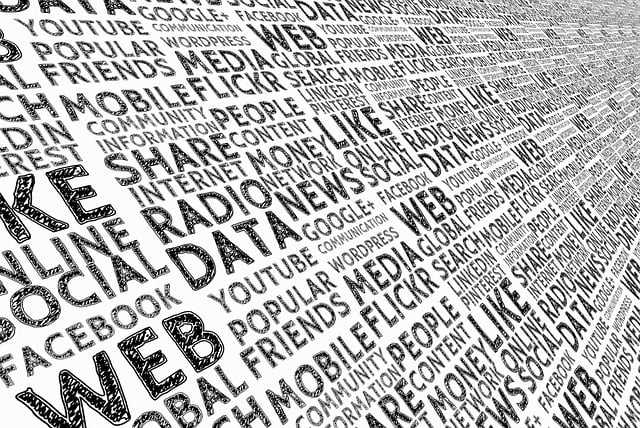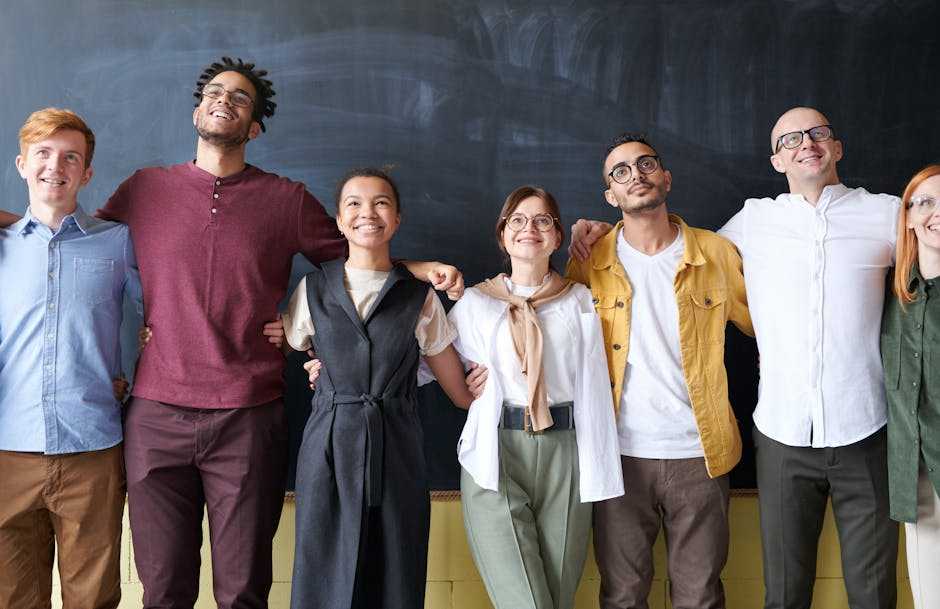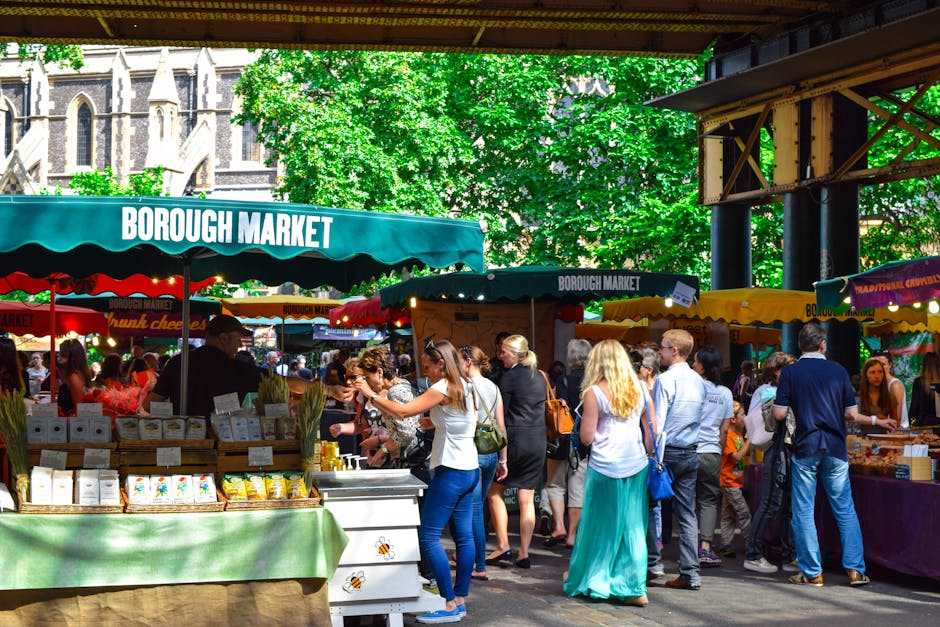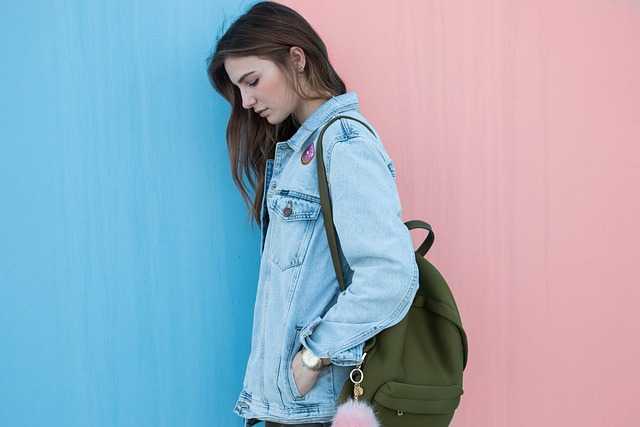Table of Contents
- Exploring the Evolution of Modern Art in a Digital Age
- The Impact of Social Media on Artistic Expression and Engagement
- Diversity and Inclusion in Contemporary Art: Breaking Boundaries
- Navigating the Market: Tips for Collecting Modern Art Today
- Emerging Trends in Modern Art: What to Watch for in the Future
- Q&A
- The Way Forward


Exploring the Evolution of Modern Art in a Digital Age
The landscape of contemporary artistry has undergone a remarkable transformation in recent years, as digital technology redefines the way we perceive, create, and interact with art. Artists today often blend traditional techniques with cutting-edge technology, leading to innovative forms that challenge established norms. This fusion of mediums can be found in various works, including digital installations, interactive sculptures, and augmented reality experiences, offering viewers new ways to engage visually and experientially.
As a result of this digital revolution, accessibility to modern art has vastly improved. Emerging artists can showcase their work globally through social media platforms and online galleries, breaking down geographical barriers. This democratization of the art world enables diverse voices to contribute to the narrative of contemporary art. For instance, platforms like Instagram not only serve as a portfolio for artists but also as a space for audience interaction and feedback. Here are some key factors contributing to this shift:
- Global Reach: Artists can now connect and share their work with a worldwide audience.
- New Mediums: Enhanced tools such as VR and AR provide innovative ways of expression.
- Interactivity: Audiences can now participate in the art-making process, breaking the conventional spectator barrier.
| Digital Art Form | Key Features | Examples |
|---|---|---|
| Digital Installations | Immersive environments using projections and sound | teamLab Borderless, Museum of Other Realities |
| Interactive Art | Art that evolves based on audience participation | Refik Anadol’s works, QR code art |
| Video Art | Use of video as a primary medium for artistic expression | Bill Viola, Pipilotti Rist |
This era of digitization also emphasizes the importance of artist identity and cultural reflection. With the help of digital platforms, artists explore and address critical issues ranging from social justice to environmental sustainability. As digital mediums evolve, artists are empowered to convey their messages with unprecedented clarity and reach, allowing them to connect with audiences on a deeper level. This cross-disciplinary approach not only enriches the artistic community but also fosters a global dialogue on significant contemporary themes.


The Impact of Social Media on Artistic Expression and Engagement
Social media has dramatically transformed the landscape of creativity and interaction for artists and their audiences. Platforms such as Instagram, Twitter, and TikTok allow artists to share their work instantly with a global audience, including an array of visual art, music, and performance pieces. This newfound accessibility promotes not just visibility but also real-time engagement with followers, enabling artists to receive immediate feedback, celebrate their successes, and pivot in response to audience interests.
Moreover, social platforms provide a unique avenue for collaboration and the exploration of mixed media. Artists are increasingly blending traditional artistic methods with digital storytelling and social trends. For instance, digital murals that evolve through user interaction exemplify how artists are embracing technology. Communities form around specific styles or movements, fostering a supportive network that celebrates creativity. These interactions often lead to fresh ideas and innovative techniques, proving that inspiration can come from anywhere, particularly within the collaborative spirit of social media.
Yet, the integration of social media into artistic paradigms doesn’t come without its challenges. Many artists face the pressure to maintain a consistent online presence, which can sometimes dilute the authenticity of their work. The quest for likes and shares can shift focus from artistic integrity to algorithm-driven creativity. Additionally, as trends fluctuate rapidly, artists must navigate the fine line between personal expression and popular demand, occasionally leading to a compromise in their original vision. Here’s a brief overview of these aspects:
| Aspect | Impact |
|---|---|
| Visibility | Wider audience reach and exposure |
| Engagement | Immediate feedback and interactive relationships |
| Collaboration | Opportunities for cross-media projects |
| Pressure | Consistency demanded for relevance |
| Trends | Pressure to follow instead of innovate |


Diversity and Inclusion in Contemporary Art: Breaking Boundaries
In today’s art scene, the embrace of diversity and inclusion is often reflected through innovative practices that challenge traditional norms and expand the definition of art itself. A myriad of voices—from underrepresented communities to diverse cultural backgrounds—are gaining visibility, leading to a rich tapestry of expression. Artists are not just creating pieces; they are weaving narratives that speak to collective histories and contemporary experiences, often resulting in stunning works that resonate on a personal level with viewers from all walks of life.
This shift is evidenced by various art initiatives and exhibitions that prioritize multicultural representation. These platforms provide artists from varied backgrounds opportunities to showcase their work without the constraints imposed by mainstream preferences. Some of the key factors driving this change include:
- Community Engagement: Artists are often collaborating with local groups, ensuring that the art produced speaks to the community’s dreams, struggles, and aspirations.
- Broader Accessibility: Innovations in technology have made art more accessible, allowing artists to share their work through social media and online galleries, reaching a global audience.
- Inclusive Practices: Institutions are shifting towards including diverse voices in their programming and decision-making processes, thus redefining who gets to tell the narrative.
Moreover, the intersectionality of modern art often highlights critical social issues, ranging from gender equality to racial justice, creating dialogues that transcend geographic and cultural boundaries. As seen in various contemporary pieces, these themes are not merely an afterthought but integral to the narrative structure of the artwork. For example, we can observe the impact of such art in recent exhibitions:
| Exhibition Name | Artist(s) | Theme |
|---|---|---|
| Voices Unheard | Amani Lewis | Race & Identity |
| Fearless Femininity | Yoko Ono, Judy Chicago | Gender Equality |
| Multicultural Mosaic | Various Artists | Global Cultures |
These exhibitions not only celebrate the artists involved but also aim to inspire discussion around the themes they explore, encouraging viewers to engage with and reflect on the diverse narratives represented. Through this vibrant, boundary-breaking landscape, contemporary art is evolving, ultimately fostering an environment where every voice can be heard and appreciated.


Navigating the Market: Tips for Collecting Modern Art Today
Collecting modern art requires a blend of insight, intuition, and an understanding of the ever-evolving market. Research is key—familiarize yourself with both emerging and established artists. Follow galleries, online marketplaces, and social media platforms to keep a pulse on current trends. Consider exploring different mediums; whether it’s painting, sculpture, or digital art, each form offers unique opportunities for growth. Additionally, joining art fairs and exhibitions can be invaluable for networking and discovering new talent.
While the visual appeal of a piece is crucial, context matters equally. Understanding the artist’s background, the story behind their work, and how it resonates with contemporary issues can greatly enhance your appreciation and the potential value of the art. Engage with experts and collectors to deepen your knowledge. This background research not only enriches your collection but also prepares you for potential conversations about your pieces—even enhancing their marketability over time.
Lastly, always consider the investment aspect of your art collection. Quality over quantity is essential; invest in pieces that inspire you personally but also hold the potential for appreciation. Create a budget and remain flexible to adapt as the market shifts. Below is a simple framework to guide your collecting journey:
| Consideration | Action |
|---|---|
| Artist Research | Follow and engage with artists online. |
| Trend Monitoring | Attend art fairs and exhibitions. |
| Story Behind the Art | Learn about the artist’s influences and themes. |
| Investment Potential | Buy pieces that resonate and show promise. |


Emerging Trends in Modern Art: What to Watch for in the Future
The landscape of contemporary art is constantly evolving, merging technology with creative expression in unprecedented ways. One notable trend is the rise of digital art, where artists leverage software tools to create immersive experiences that challenge traditional notions of art. From interactive installations to virtual reality paintings, digital realms are redefining the artist’s canvas, enticing a younger audience and expanding the boundaries of what constitutes art. The integration of technologies such as blockchain is also transforming the art market, giving rise to NFTs (Non-Fungible Tokens) that provide provenance and ownership in the digital space.
Another significant movement is the resurgence of environmental art, which emphasizes ecological themes and sustainability. Artists are increasingly utilizing their platforms to address pressing global issues, such as climate change and habitat destruction. This genre not only highlights the beauty of nature but also invites viewers to engage in critical conversations about conservation and responsibility. Techniques like land art, where artists use natural materials and landscapes, are gaining popularity, merging artistry with activism and community involvement.
Furthermore, the blending of cultures is increasingly prominent, as global artists draw from diverse traditions and influences to create a rich tapestry of contemporary works. This cultural dialogue fosters a greater understanding of different perspectives, often leading to collaborative projects that celebrate inclusivity. Artists are utilizing mixed media to intertwine elements from various cultural backgrounds and histories, making their work resonate with broader audiences and reflect the interconnected world we live in. If you’re looking to stay ahead of the curve, keep an eye out for exhibitions that showcase these cross-cultural collaborations.
